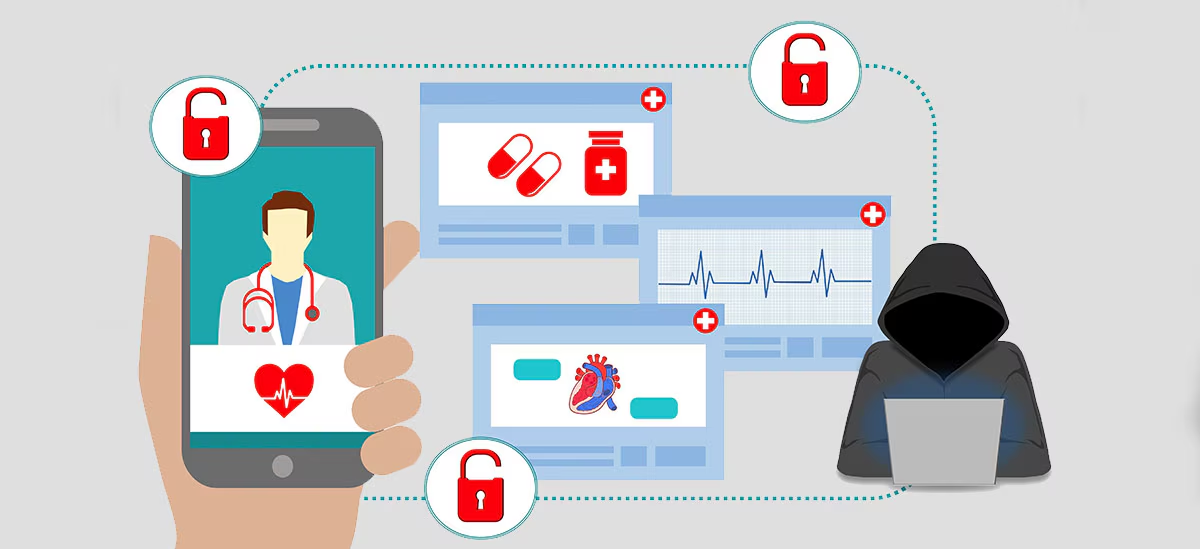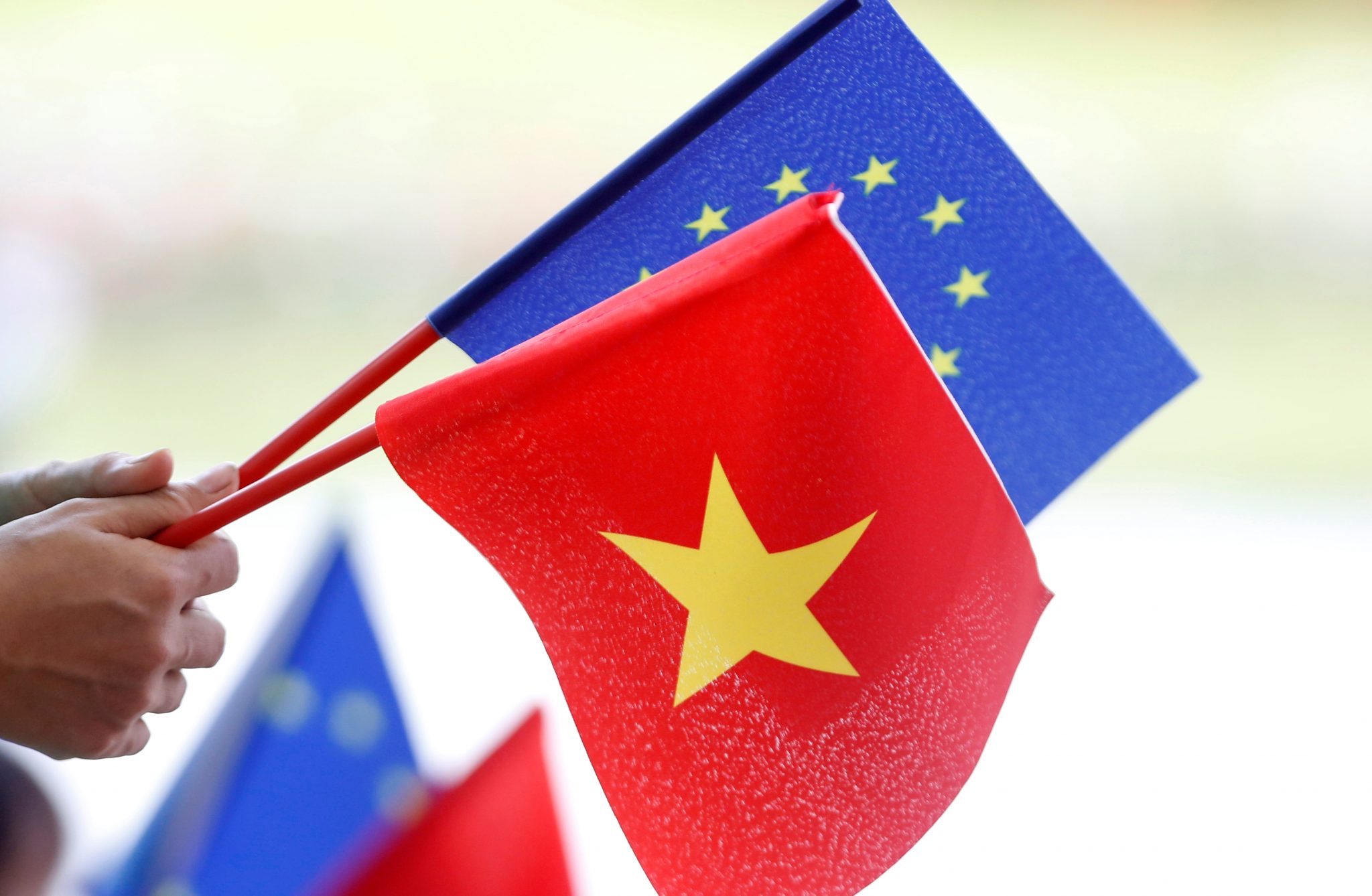Privacy-focused search engine DuckDuckGo has launched a new feature that allows users to filter out AI-generated images from search results.
Although the company admits the tool is not perfect and may miss some content, it claims it will significantly reduce the number of synthetic images users encounter.
The new filter uses open-source blocklists, including a more aggressive ‘nuclear’ option, sourced from tools like uBlock Origin and uBlacklist.
Users can access the setting via the Images tab after performing a search or use a dedicated link — noai.duckduckgo.com — which keeps the filter always on and also disables AI summaries and the browser’s chatbot.
The update responds to growing frustration among internet users. Platforms like X and Reddit have seen complaints about AI content flooding search results.
In one example, users searching for ‘baby peacock’ reported seeing just as many or more AI images than real ones, making it harder to distinguish between fake and authentic content.
DuckDuckGo isn’t alone in trying to tackle unwanted AI material. In 2024, Hiya launched a Chrome extension aimed at spotting deepfake audio across major platforms.
Microsoft’s Bing has also partnered with groups like StopNCII to remove explicit synthetic media from its results, showing that the fight against AI content saturation is becoming a broader industry trend.
Would you like to learn more about AI, tech and digital diplomacy? If so, ask our Diplo chatbot!









